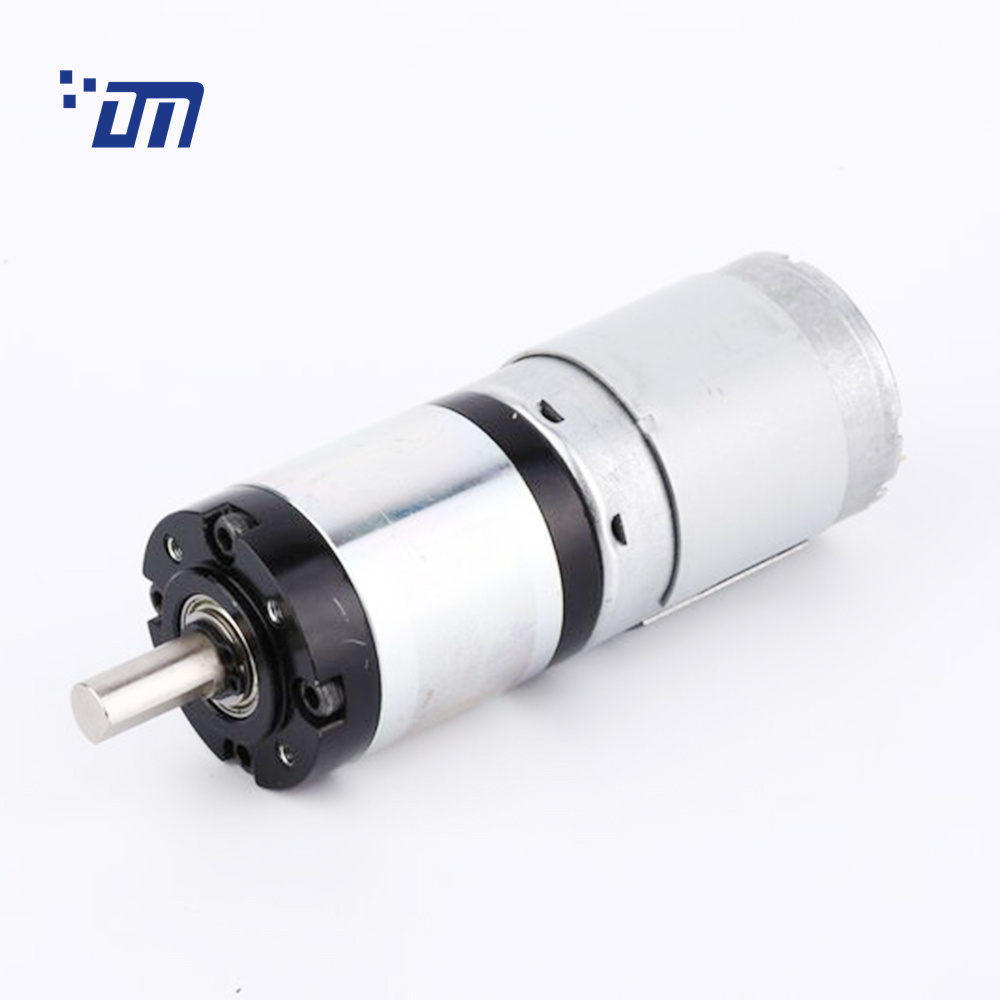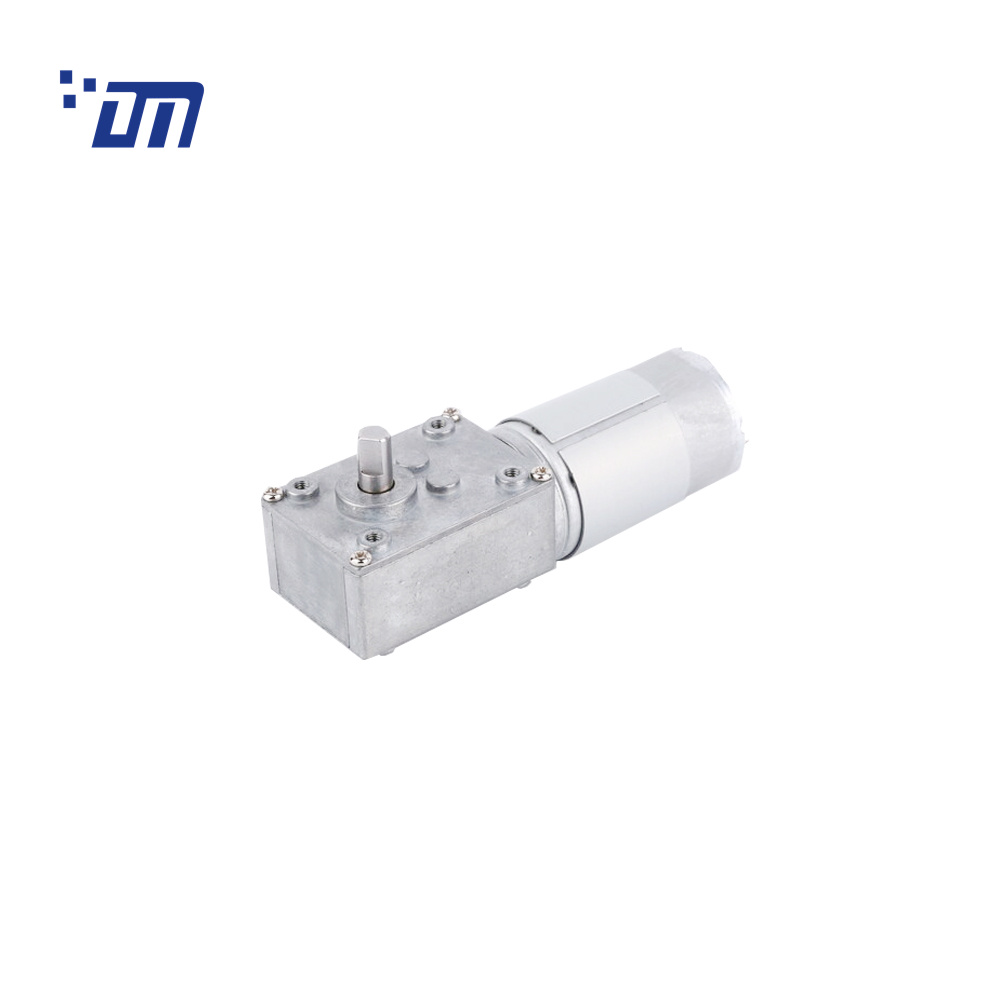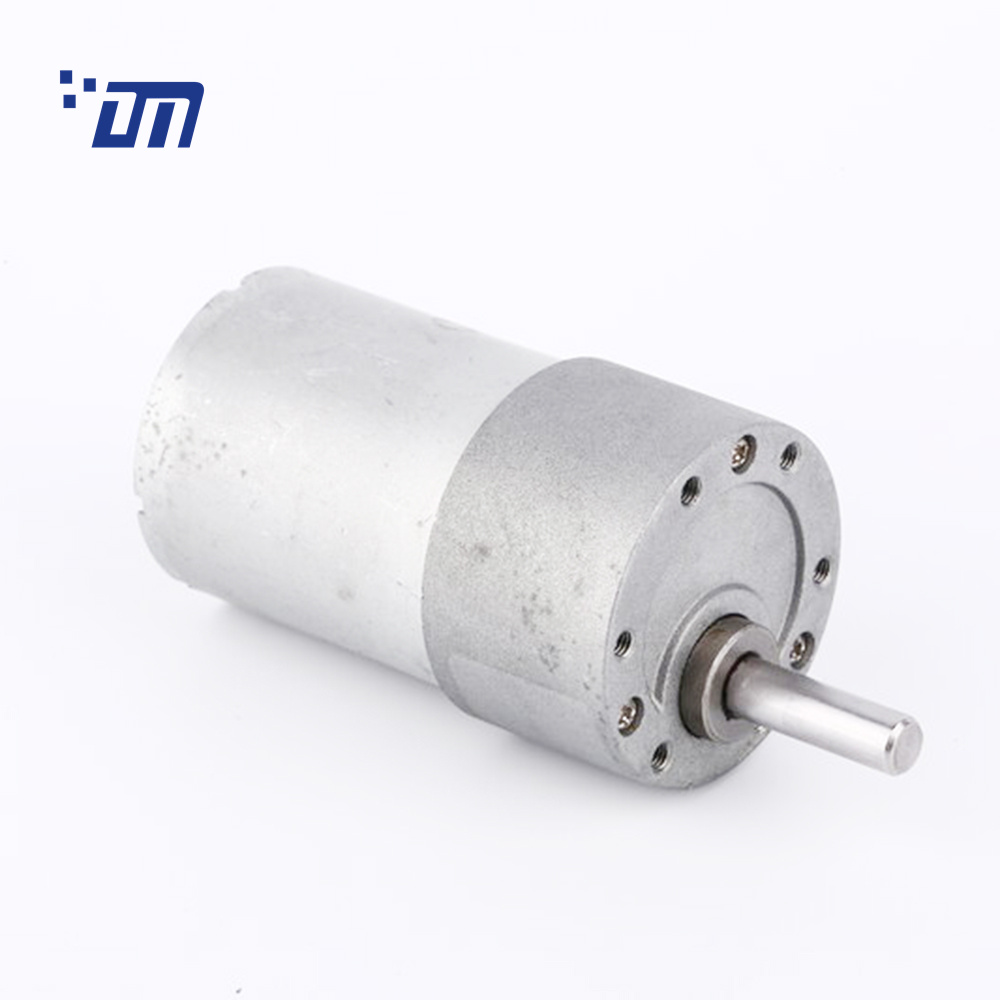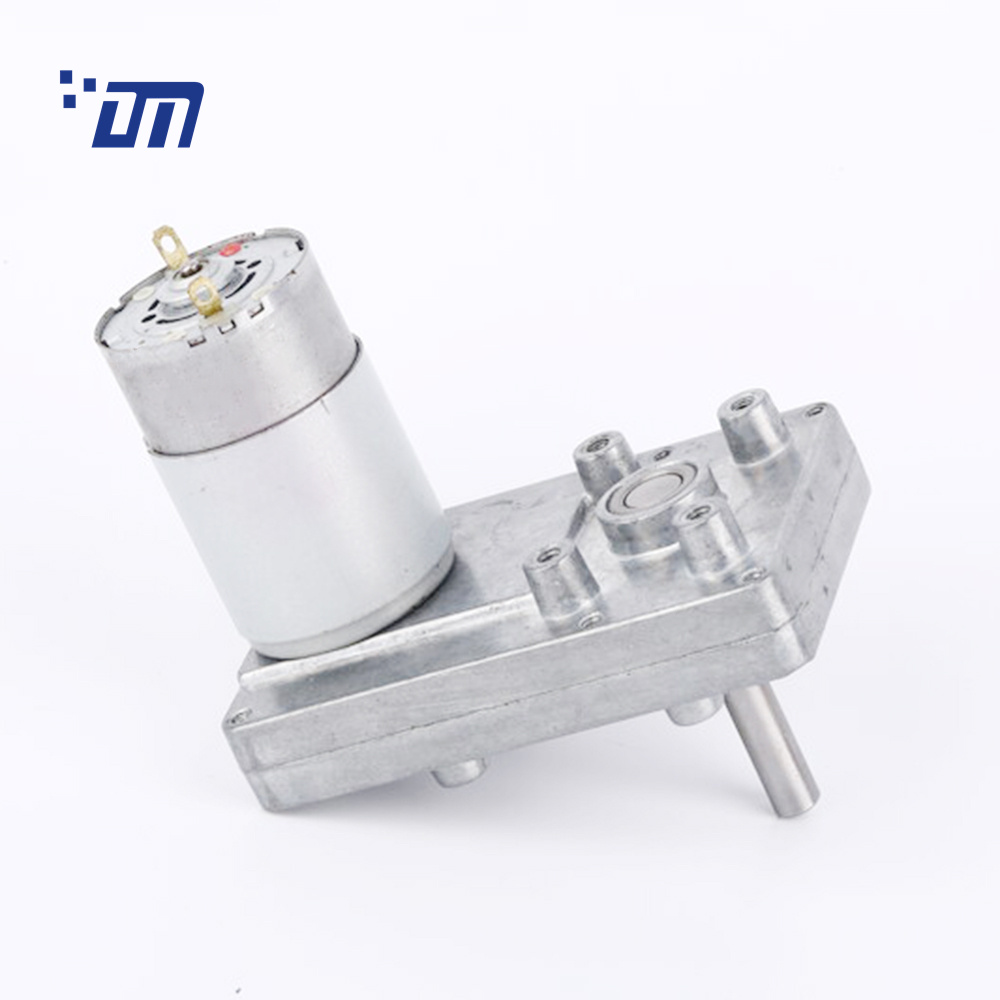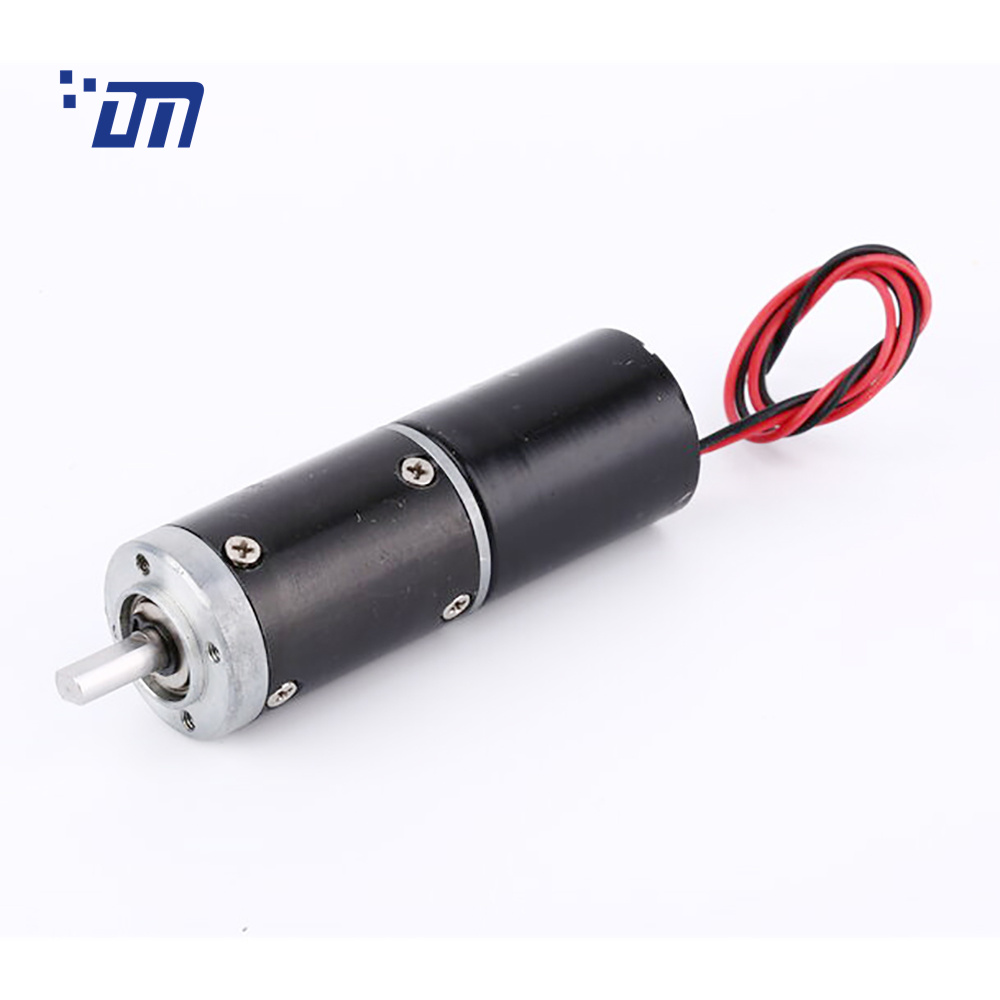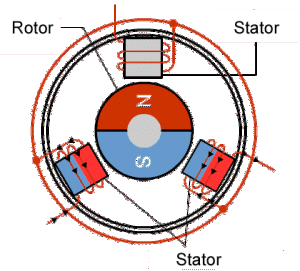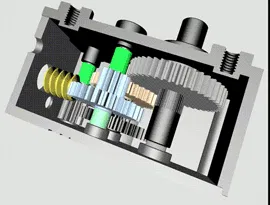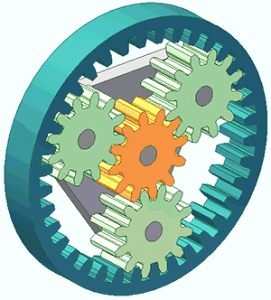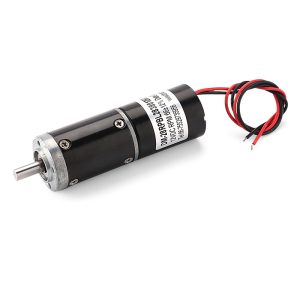The Difference for Brushed Gear Motor and Brushless Gear Motor Let us distinguish the difference of brushed gear motor and brushless gear motor from these inspects: the DC motor(running method,...
Read More >>Featured Products
DC Gear Motor
Manufacturer
DONGMING MOTOR is the DC gear motor manufacturer Providing DC Planetary Gear Motor, DC Worm Gear Motor, Spur Gear Motor, Square Gear Motor, Brushless Planetary Gear Motor.
DONGMING MOTOR is a DC gear motor factory. SHENZHEN DONGMING Motor Co., Ltd is found in 2011. Our main products include dc spur gear motor,DC square gear motor, DC planetary gear motors, DC worm gear motor, brushless DC plenatary gear motor, BLDC spur gear motor, BLDC worm gear motor, etc,whose diameter Ranges from φ10mm to φ51mm, which are in line with CE,ROHS and SGS standards.
we have an experienced R&D team and quality control department to provide customers with customized and high-quality products. These gear motors are widely applied in smart home appliance, medical equipment, electrical tools, automatic control and other smart driving products. We believe in a smart world in the future, and we are willing to build an efficient R&D platform with all our customers, joining hands with each other to create a brighter future.
Our Services
- Providing manufacture of DC/BLDC gear motors, micro transmission gearbox, PCB Decoder.
- Customized DC gear motor solution
- Experienced in research & development, prototyping & testing, assembly & bulk production.
- Evaluating the feasibility of the dc gear motor solution
- Provide Samples of DC gear motor
- Special motor and gearbox customized design
- Warranty Service: Our Service Support Engineers will work for your after-sales issue.
ODM & OEM Customized Solution Services
Custom Module as Your Sperical Requirments
Custom Parameter, Special Requirment for DC Motor
Custom or Design Gearbox
Full Testing
Samples Application Test
Mass Manufacturing
Industries We Serve
Our dc gear motor are widely applied in Smart Home, Robotics, Medical, Security, Industry, Automobile, Smart Product, etc
WHY DONGMING MOTOR
Innovative R&D Engineering for Your Project
·14 years of motor design & innovative solution experience ·If our standard model cannot meet your requirements, we can cooperate with the development and customization
Modernized High Volume Manufacturing
·4+ semi-automatic production lines, 2,400,000PCS DC gear motors/year
Quality & Reliability Policy
·Considering the rationality and convenience of the production process from the design stage ·Adopting the international advanced quality management system, strict management of IQC, production and QA
Effective Communication and Collaboration
·Customer needs analysis team respond to customer quickly and professionally ·Professional sale engineers provide one-stop customized services
Professional R&D Engineer Team Work for You
·From developing&research, prototype test, small batch test, mass production and after-sales service
Our Partners






Blog
What is Worm Gearbox?
What is Worm Gearbox? What is Worm Gearbox? A Worm Gearbox of worm gear motor is a fundamental component in motion control systems, highly regarded for its rugged and enduring...
Read More >>Planetary Gearhead for Planetary Gear Motor
Planetary Gearheads VS Spur Gearheads Explore the differences between planetary gearheads, spur gearheads, and worm gearboxes in our comprehensive article. Learn about their construction, applications, torque, speed, efficiency, and more...
Read More >>What Types Brushless Gear Motor it Has?
What Types Brushless Gear Motor it Has? What types of brushless dc gear motor are available? Regarding motion control and precision engineering, Brushless DC gear motor are a driving force in...
Read More >>FAQ for DC Gear Motors
Gearboxes play a crucial role in DC gear motors, and it is essential to ensure optimal performance and durability, proper maintenance is essential. This includes implementing optimal oil lubrication, preventing oil leakage in the motor, and minimizing noise and vibration. In applications like smart home equipment, the gearbox’s significance is even more pronounced, directly influencing overall performance. Understanding the technical features of the DC gearbox and adopting appropriate maintenance practices can enhance performance, reliability, and longevity in various applications. Here are some essential steps to help you maintain your gearbox effectively:
- Regular Inspection: Conduct regular inspections of your DC gear motor gearbox to identify any signs of wear, damage, or misalignment. Look for issues such as oil leaks, loose fasteners, or unusual noise during operation.
- Lubrication: Proper lubrication is vital for the smooth functioning of the gearbox. Refer to the manufacturer’s guidelines to determine your gearbox’s appropriate lubricant type and interval. Ensure the gearbox is adequately lubricated to reduce friction and prevent excessive wear.
- Cleaning: Keep the gearbox clean by removing dirt, dust, and debris that may accumulate over time. Use a soft cloth or brush to clean the exterior surfaces gently. Be cautious not to introduce foreign particles into the gearbox during cleaning.
- Bearing Maintenance: The bearings are critical to the gearbox’s performance. Regularly inspect the bearings for wear or damage. If necessary, clean them and apply fresh lubricant. Replace any worn-out or damaged bearings promptly.
- Electrical Connections: Check the electrical connections, including wires and terminals, to ensure they are secure and corrosion-free. Loose connections or corrosion can cause voltage drops and affect the motor’s performance.
- Follow Manufacturer’s Recommendations: Always refer to the manufacturer’s guidelines and recommendations for maintenance procedures specific to your DC gear motor gearbox model. They will provide valuable information on maintenance intervals, lubrication requirements, and other essential considerations.
By following these maintenance practices and addressing any issues promptly, you can prolong the lifespan of your DC gear motor gearbox and ensure optimal performance for your applications. Remember to consult the manufacturer’s documentation and seek professional assistance if needed.
When using a DC gear motor, it’s important to understand the possible causes of gear failure and how to prevent it. Gears are crucial components of the motor that transfer power and motion, so any failure can significantly impact its performance. Here are some common reasons for gear failure that you should be aware of:
- Long time at stall: If the motor is continuously operated at the stall requirement by the manufacturers, where the shaft is prevented from rotating, it can generate excessive heat and cause the gears to overheat and fail. Avoid prolonged periods of stall operation to prevent gear failure.
- Operation load torque exceeding the maximum tolerance: Every gear has a maximum torque rating that it can handle. If the load torque applied to the motor exceeds this limit, it can lead to gear failure. Ensure that the operation load torque is within the rated torque range of the gears to avoid overloading them.
- Another cause of gear failure is the wear of the gear’s tooth surface. During gear transmission, the sliding between the engaging tooth surfaces can cause wear. Over time, this wear can destroy the tooth surface, resulting in unstable transmission. It is important to regularly inspect the gear teeth for signs of wear and replace them if necessary.
- Gears can experience fatigue failure or sudden breakage due to torque overloading. Fatigue cracks often occur at the root of the gear due to alternating bending torque during the meshing process. Overloading or subjecting the gear to disproportionate impact can also cause sudden breakage, forming pits and spots from the metal peel-off in the gearbox. Proper load management, lubrication, inspection, and avoiding overloading the gears can help prevent such failures.
Other factors contributing to gear failure include inadequate lubrication, improper gear meshing, misalignment, excessive vibrations, and excessive input voltage or current. It’s important to regularly inspect and maintain your DC gear motor to identify any signs of wear, misalignment, or damage to the gears.
To prevent gear failure, follow these recommendations:
– Ensure proper lubrication of gears with suitable lubricants to reduce friction and wear.
– Check gear meshing and alignment to ensure smooth and proper engagement.
– Minimize vibrations by securing the motor and eliminating any sources of excessive vibration.
– Avoid operating the motor beyond its rated voltage and current limits.
– Monitor the motor’s performance and operating temperature to detect any abnormalities.
By understanding the possible causes of gear failure and taking proactive measures to prevent them, you can extend the lifespan and reliability of your DC gear motor. Regular maintenance, adherence to operating limits, and proper care will help ensure the gears operate smoothly and avoid unnecessary failures.
When using a hall encoder to control a DC gear motor, you can precisely control its speed and position. The hall encoder provides feedback to the controller, allowing it to monitor and adjust the motor’s operation based on the encoder’s signals. Here’s how you can use a hall encoder to control a DC gear motor:
- Connect the Hall Encoder: Connect the hall encoder to the DC gear motor. Ensure the encoder is securely attached and aligned with the motor’s shaft. The encoder will provide feedback on the motor’s rotational position.
- Connect the Encoder to the Controller: Connect the encoder to the motor controller. The controller receives and interprets the encoder’s signals to determine the motor’s speed and position.
- Set Up the Controller: Configure the controller to read and interpret the encoder’s signals accurately. This may involve programming the controller or adjusting settings to match the specifications of the encoder and motor.
- Define Speed and Position Parameters: Determine the desired speed and position parameters for the DC gear motor. This could involve setting specific RPM (rotations per minute) values, or position targets the motor should reach.
- Monitor Feedback: As the DC gear motor operates, the hall encoder will continuously provide feedback to the controller. The controller can then adjust the motor’s speed and position accordingly based on the feedback received from the encoder.
- Fine-tune Control: Fine-tune the control settings to achieve the desired motor performance. This could involve adjusting current, voltage, or gear ratios to optimize the motor’s operation.
You can gain precise control over the motor’s speed and position by utilizing a hall encoder with a DC gear motor. The encoder’s feedback enables the controller to make real-time adjustments, ensuring accurate and efficient motor control. Whether it’s a 12V DC gear motor, 24V DC gear motor, or any other variation, the hall encoder enhances control and responsiveness, allowing you to achieve your desired motor performance.
DC worm gear motors are very adaptable and frequently utilized in a wide range of applications. Regarding DC gear motors, the application prospects are vast and promising. These versatile motors offer various applications across various industries and sectors. Whether you require precise control, high torque, or reliable power transmission, DC gear motors can meet your requirements.
One such widespread application is in robotics and other home appliances like coffee makers and smart toilets.
Robotics also makes heavy use of DC worm gear motors. These motors are utilized to power the precise and controlled joints of robots. DC worm gear motors are utilized in medical equipment, including pumps, ventilators, and mobility aids.
These motors deliver the necessary speed and torque for the efficient operation of such machinery. Consumer electronics, vending machines, valves & meters, and smart home equipment are some more applications for DC worm gear motors. These motors are essential for commercial and industrial devices and have several applications.
With the ability to operate at different voltages, such as 12V and 24V, DC gear motors offer flexibility in meeting various power requirements. They can deliver different torque levels, both rated and stall torque, making them suitable for various applications.
In conclusion, the application prospects for DC gear motors are highly promising and diverse. Whether in robotics or consumer electronics, these motors provide the necessary power, control, and efficiency for many applications. Their adaptability, compact size, and availability in different voltage options make them reliable for various industries and applications.

